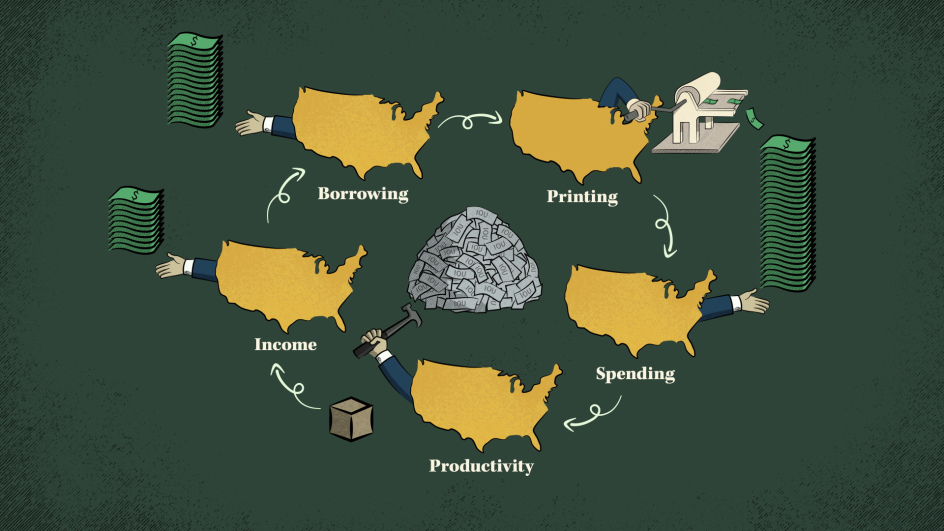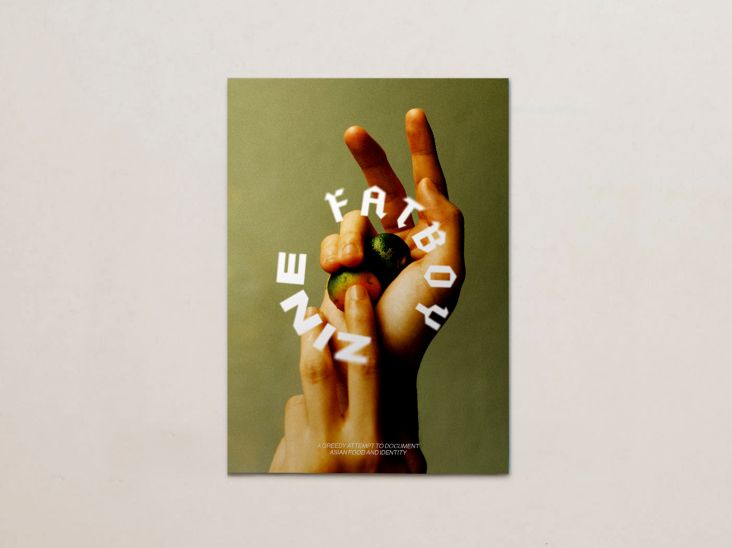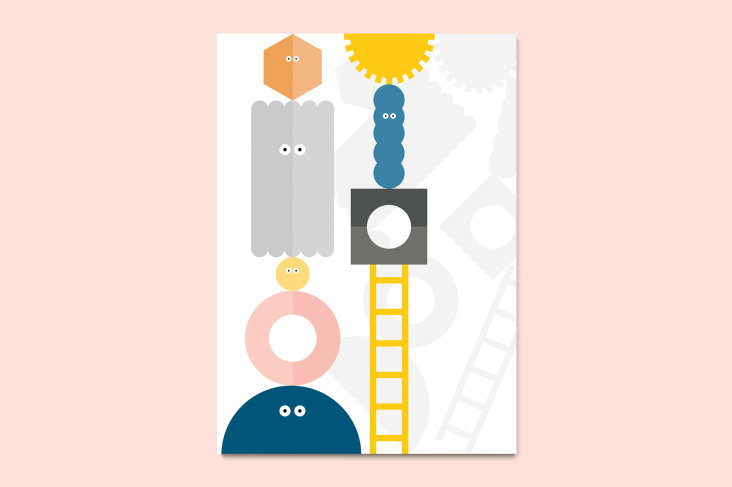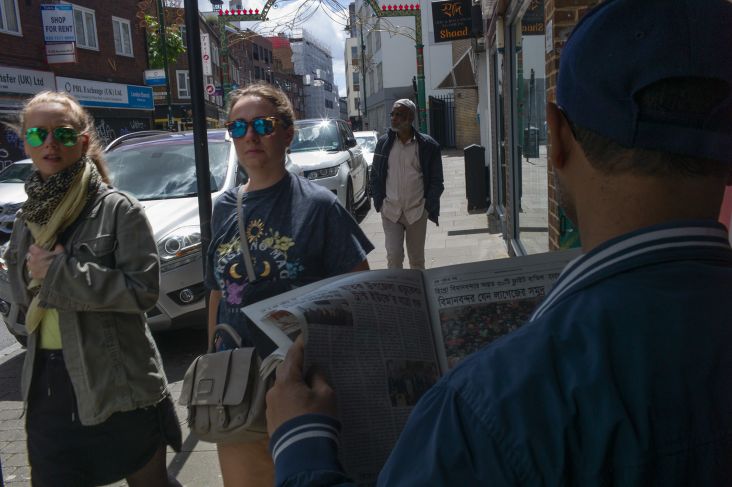Behind the scenes of Ray Dalio's hit animation examining the changing world order
An animated video that helps people understand the current global crisis is storming YouTube right now. Scott Matz and Tony Kadillak of Thornberg & Forester explain how they helped bring it to life.
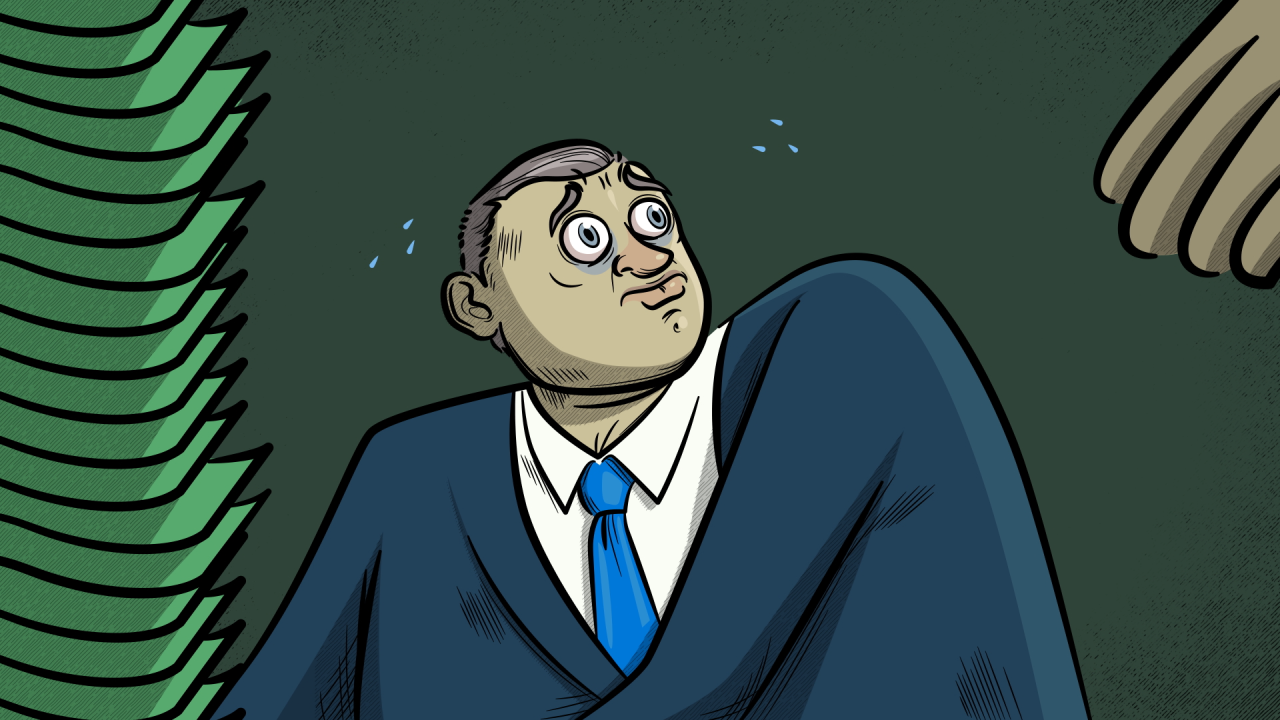
We're currently living through the kind of world events many of us have never experienced in our lifetimes and may have thought were confined to the history books. As war wages in Europe, inflation hits a 40-year high, and the gap between the haves and have-nots widens immeasurably, we're all trying to make sense of it all and work out where the world is heading.
This is perhaps why a 44-minute film looking back at the last 500 years of history has been an unexpected YouTube hit, with over 20 million views to date.
Principles for Dealing with the Changing World Order: Why Nations Succeed and Fail is a visual adaptation of billionaire hedge fund manager Ray Dalio's best-selling book of the same title. The talk puts recent events in context and explains how they repeat a pattern that echoes throughout history. And it's all brought to beautiful visual life by design and animation agency Thornberg & Forester.
We chatted with Scott Matz, president and chief creative officer, and Executive Director Tony Kadillak to find out how they approached the project, the challenges they faced, and how they balanced accuracy and authenticity with holding the audience's attention and keeping them entertained throughout.
Read on to hear their insights, and if you haven't seen the video yet, you can watch it below. We highly recommend it.
How did this epic project come about? It was all done remotely, wasn't it?
Scott: Our first experience working with Dalio was in 2013. We were engaged to bring a white paper of his to life that he had written about the economy. It, too, is on YouTube and is titled How The Economic Machine Works.
Fast forward to 2018, Dalio returned to us at Thornberg & Forester to design and produce another 30-minute film, Principles For Success, which supported his book of the same title. Each film required a year to create and would not have been possible without the commitment, talent and drive of our creative and production teams. We also worked very closely with Jonathan Jarvis of Universal Patterns to frame up and design the first film and with creative agency IDEO for the second.
We partnered with Jonathan, once again, to craft Principles for Dealing with the Changing World Order: Why Nations Succeed and Fail. Initially, the biggest concern for us was project logistics; how are we going to work remote, in lock-step with our nearly 30-person team of designers, illustrators and animators on one 30-minute animated film over the course of about 12 months? Thanks to our senior producer, John Holt, and Head of Production Javier Gonzalez, we architected an incredibly robust multi-month Gantt chart and production calendar full of creative responsibilities, work-in-progress milestones, and asset management.
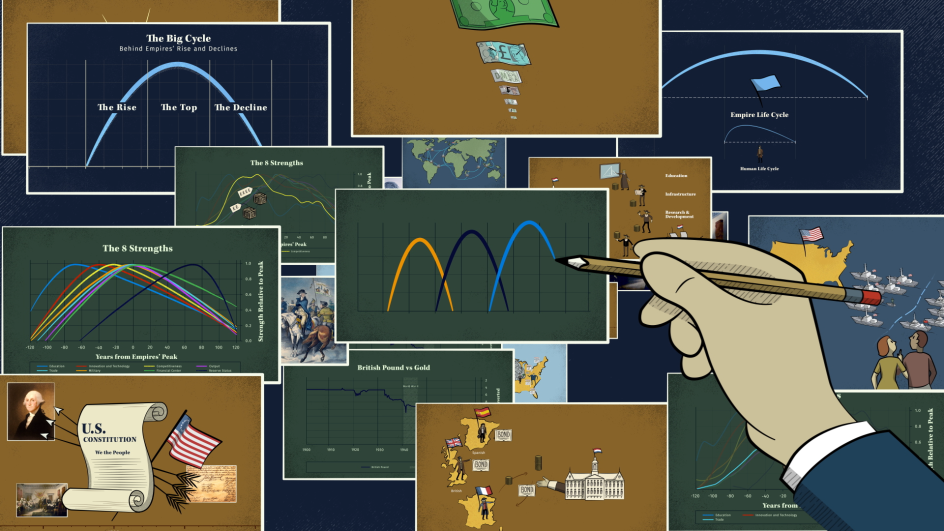
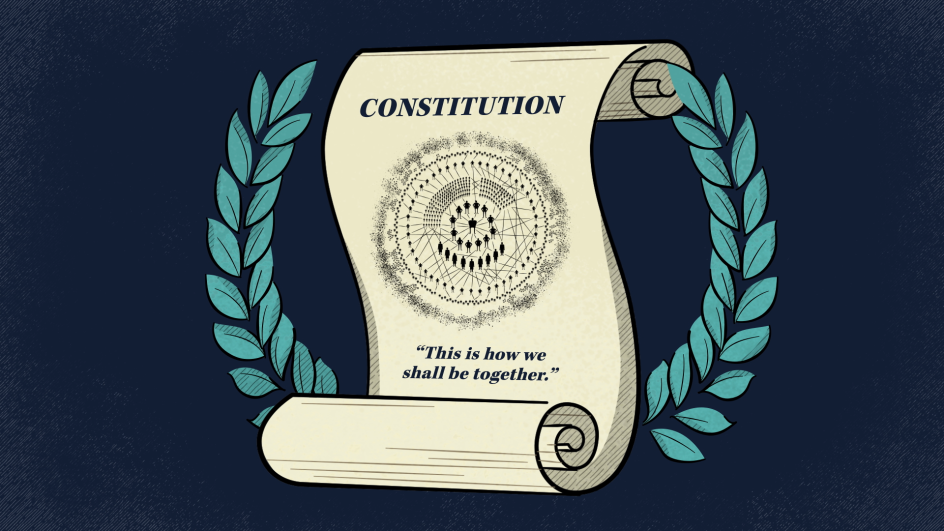
Given the weight of the film's theme and how timely it is, did you feel pressure to get it right?
Scott: By nature, we always feel pressure to get things right for our client partners. This film was no exception; its timeliness, and especially being our third partnership with Ray. Our primary goal is to make each film better than the last.
Tony: The pressure was bringing his story to life in a way that felt authentic to him. And was something that he envisioned for himself as being the, you know, visually representative of what these multiple years of research and writing culminated to. For us, a big payoff is in the comments on YouTube. But ultimately, we were happy when Ray saw the final product. His reaction was: "This is a masterpiece. It's more or less a work of art". That was validation of the months and resources invested to bring this piece to life.
Scott: Yeah, that just gave me chills again. And that was such a good thing to hear him say.
It's very flattering. Particularly as Ray Dalio is so skilled at explaining complex theories and history. Was it as straightforward to animate? I mean, what was the starting point?
Scott: Visualising Ray's complex, written theories was challenge number one. Our design team, and Jonathan, worked incredibly hard to create an ownable visual language and a host of inspired graphic metaphors for the film. Our artists built artillery of on-brand elements for our animation teams, whose jobs were equally challenging.
Unlike the previous two films, this one required the integration of photography and a dash of nostalgic video to deliver historical principles. Character design development evolved, too – building on previous designs. We also came up with a fresh animation approach, switching from macro to micro, zooming into select scenes to offer more detail and zooming out to present select scenes in a more simple and understated fashion. This technique opened a lot of opportunities for us to play and have fun.
Our storyboard for the film consisted of nearly 1,000 illustrated frames, including all complex ideas, infographics, charts, graphs, photo integration, camera moves and transitions.
Stories like these can get very serious, very quickly. It was important to inject a sense of human connection and emotion into the film.
That's incredible. For what could be seen as quite a depressing subject matter, you succeed in making it light-hearted. Was that deliberate?
Scott: : Absolutely. First off, topical long-form animated films can become mundane and boring very quickly. Additionally, stories like these can get very serious, very quickly. All that said, it made clear sense to keep the gravitas of Ray's learnings and narrative front and centre and to inject some fun bits of humour in the background that viewers might not see the first time but might catch the second time. After all, this is entertainment, too.
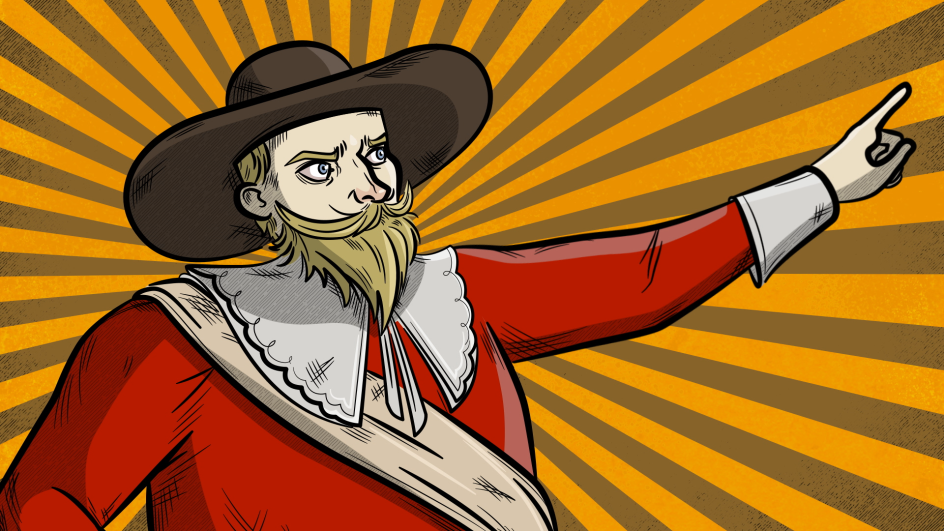
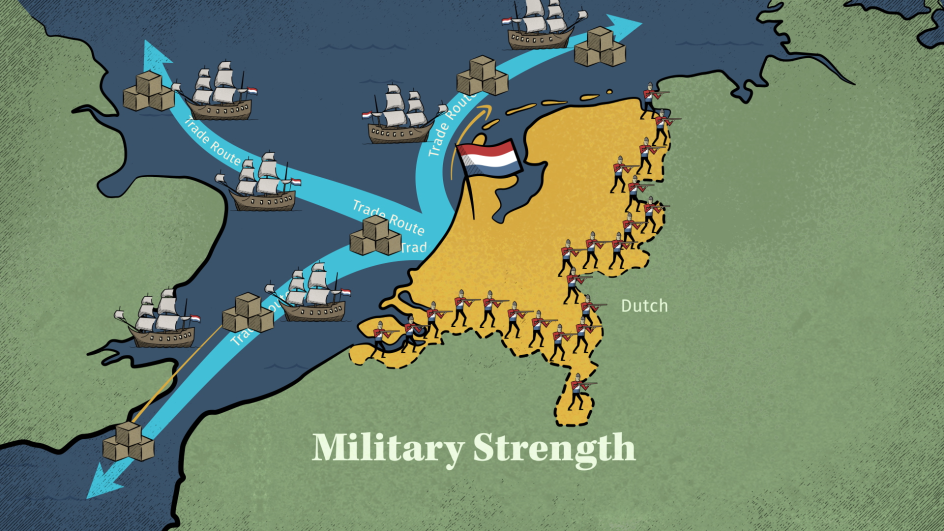
Was it your agency's idea to add some humour or Ray's? You got the balance so right.
Tony: I think everybody involved in the process recognised that a bit of levity was necessary to help balance the storytelling.
Scott: Thank you! It was a joint effort. We wanted to strike a nice balance between educating and finding the right amount of levity and charm.
It's been a phenomenal success. How's that reflected on your agency and your team?
Scott: The work we've done with Ray over the years continues to lead to new business opportunities on a global scale. Many enquiries have led to engaging us to create brand films in the financial sector for several different clients.
Tony: Ray's stories are more evergreen than much of the work we traditionally participate in. Certainly within the entertainment market. So I think that's the other gratifying thing about projects like these – it's work that lives on.
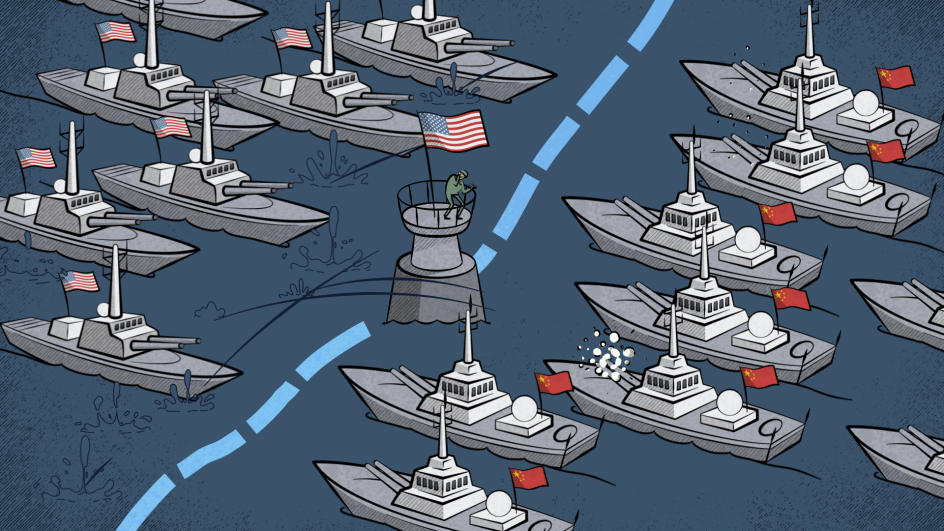
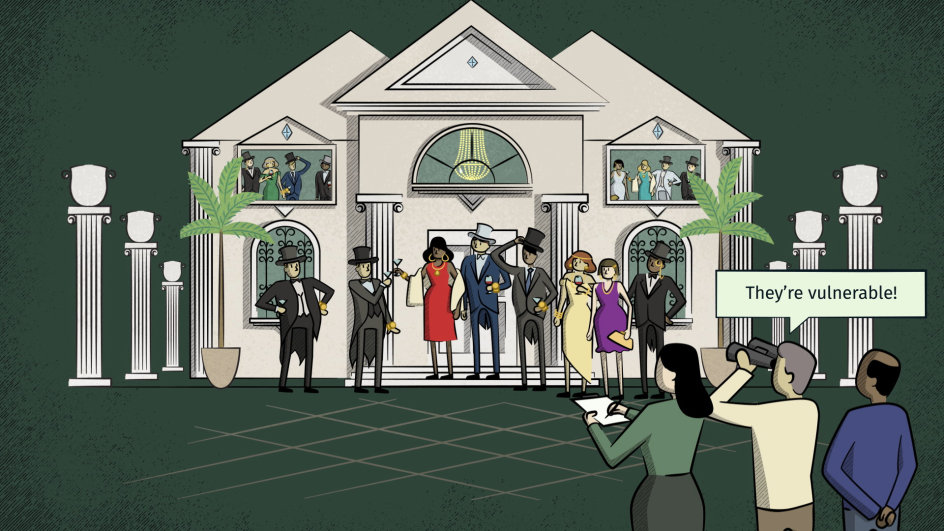
After going through this whole process, learning of changing world orders, how do you feel about things right now? Are you hopeful for the future?
Tony: You have to try and see the silver linings. And find the good in people and humanity. If you don't, your outlook on life is not very good. For me, at least, it's a personal choice: to try to see the good and latch on to things that help you maintain some hope.
But it's not unrealistic to hope. Not Pollyanna thinking. We still have things within our control, and there is plenty we can act on. I think Ray Dalio's new book gives that kind of hopeful message at the end; it's not too late. These are all choices we can make to effect an outcome that's better for everybody.
In terms of our business, we feel fortunate to get up and do what we do, tell these incredible stories and build a business around them. Should Ray decide he's got another story he wants to tell, we feel fortunate that we're on that shortlist. It's an honour to bring these stories to life.
